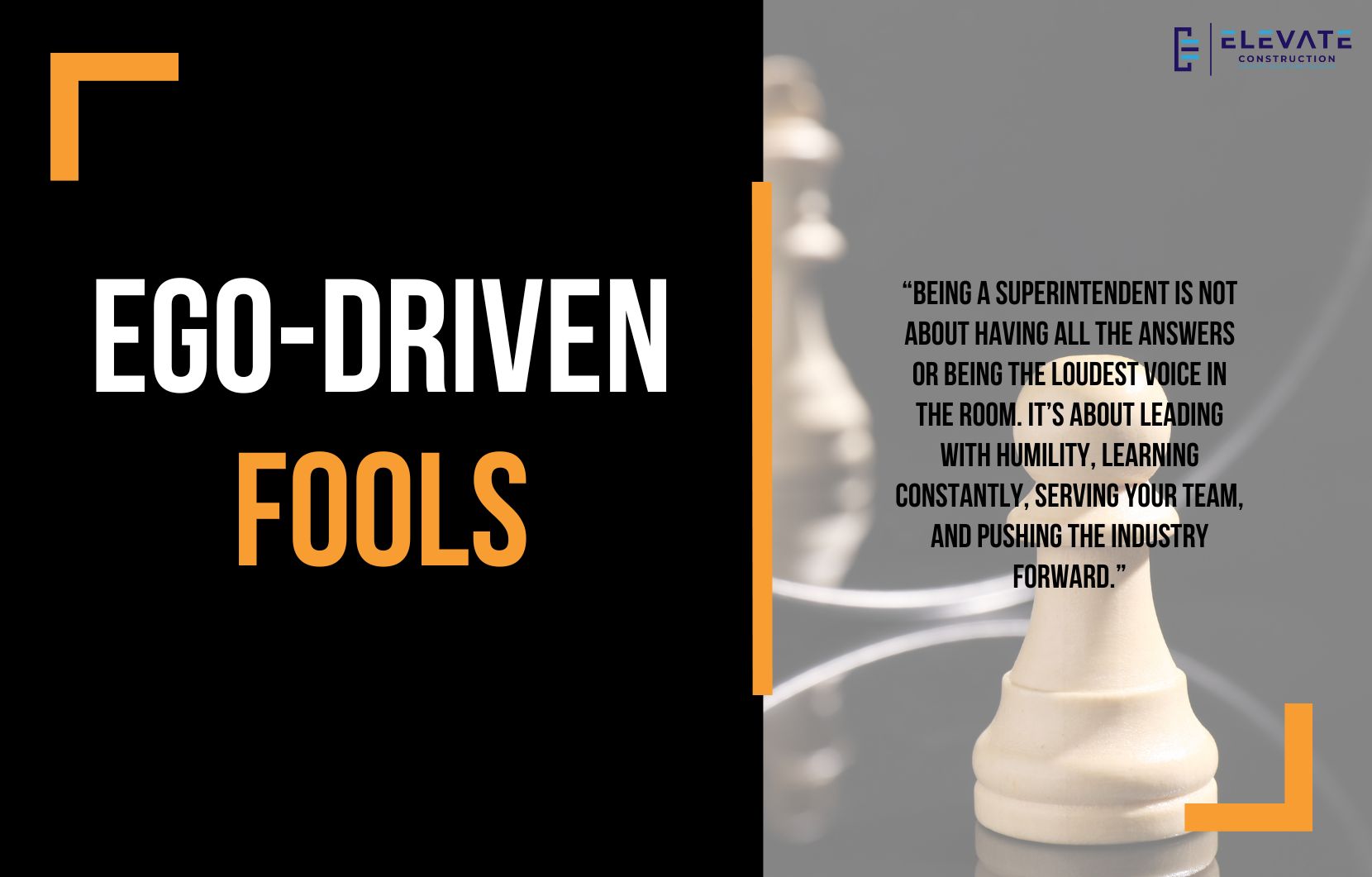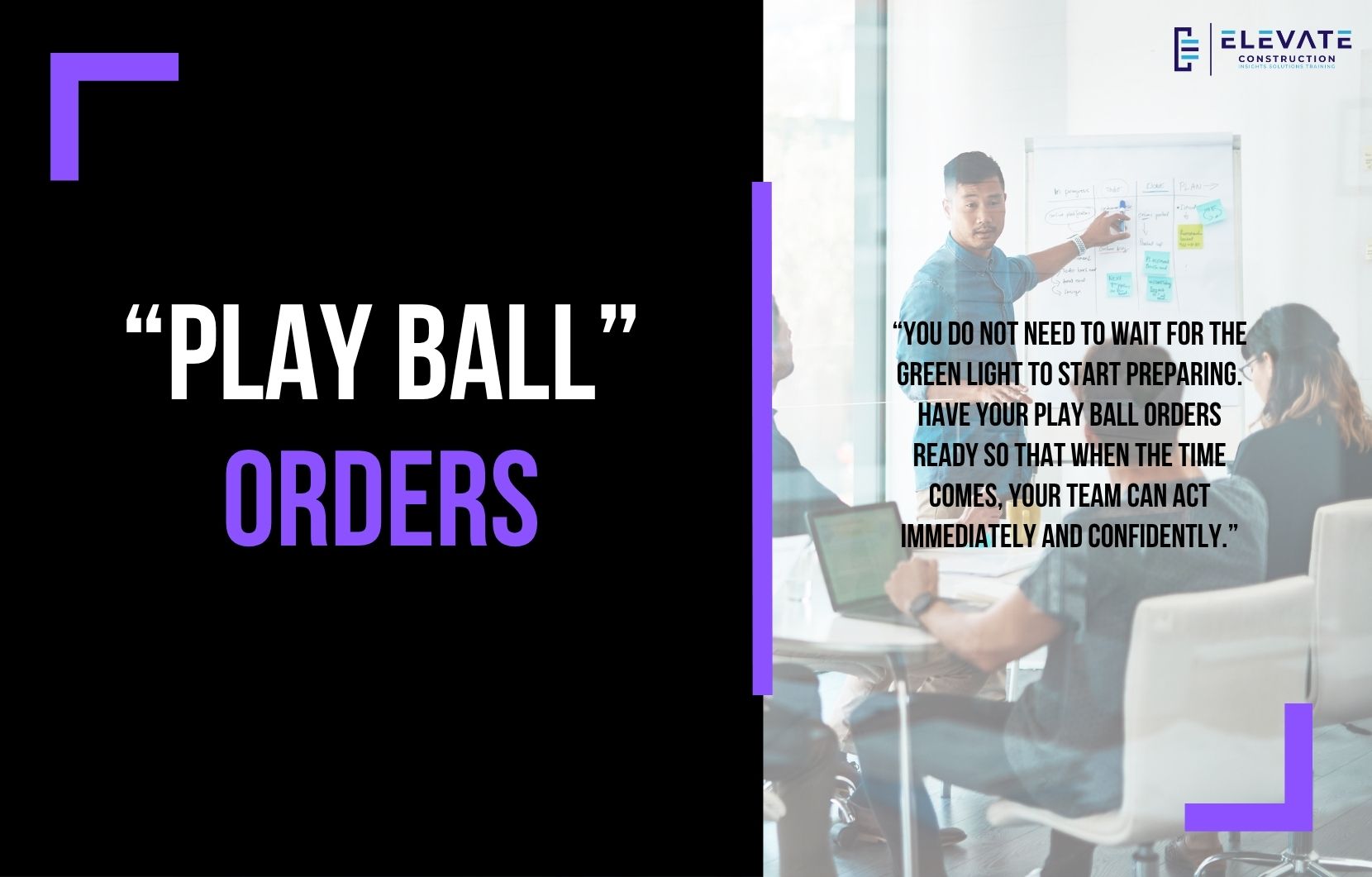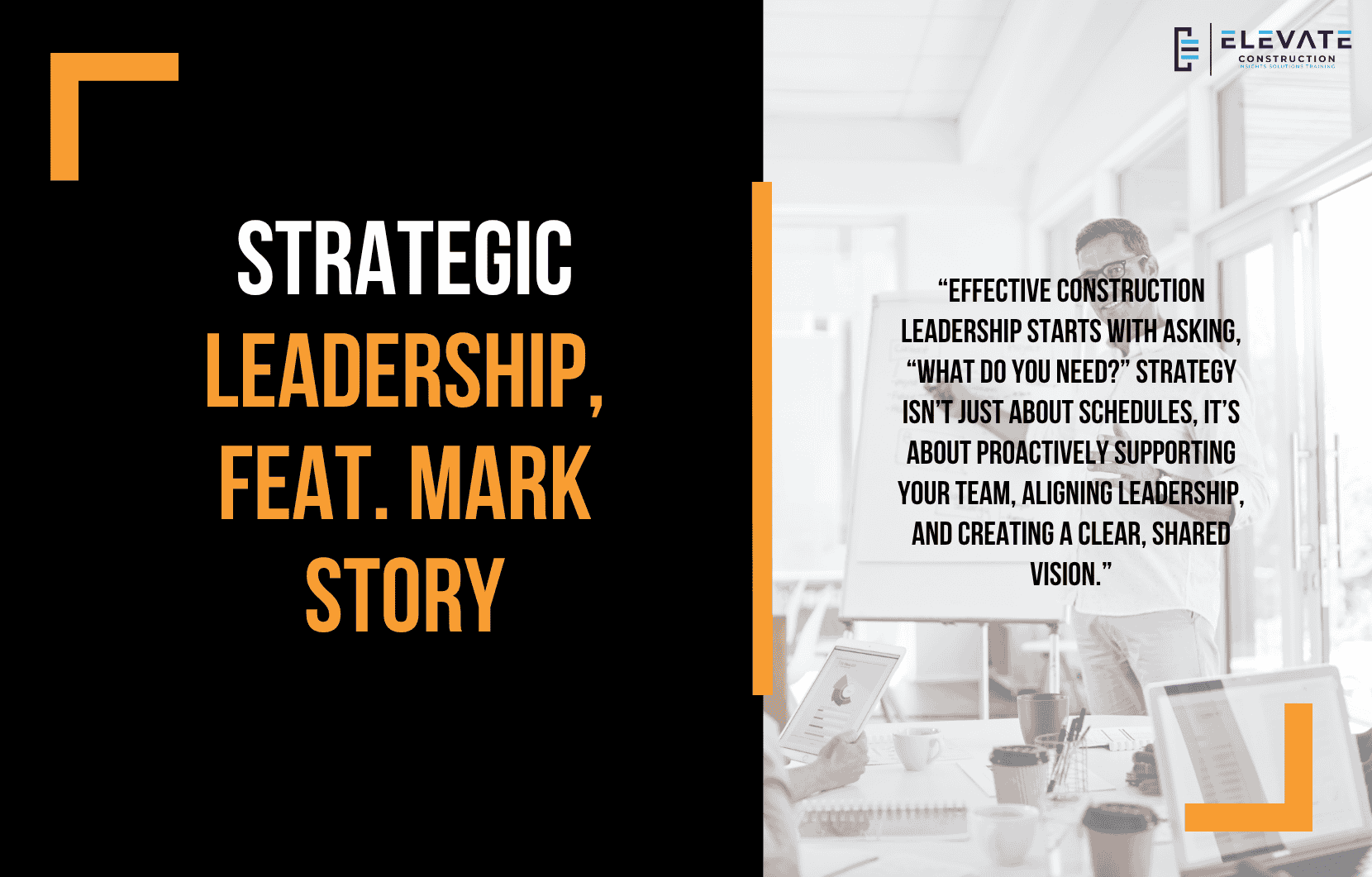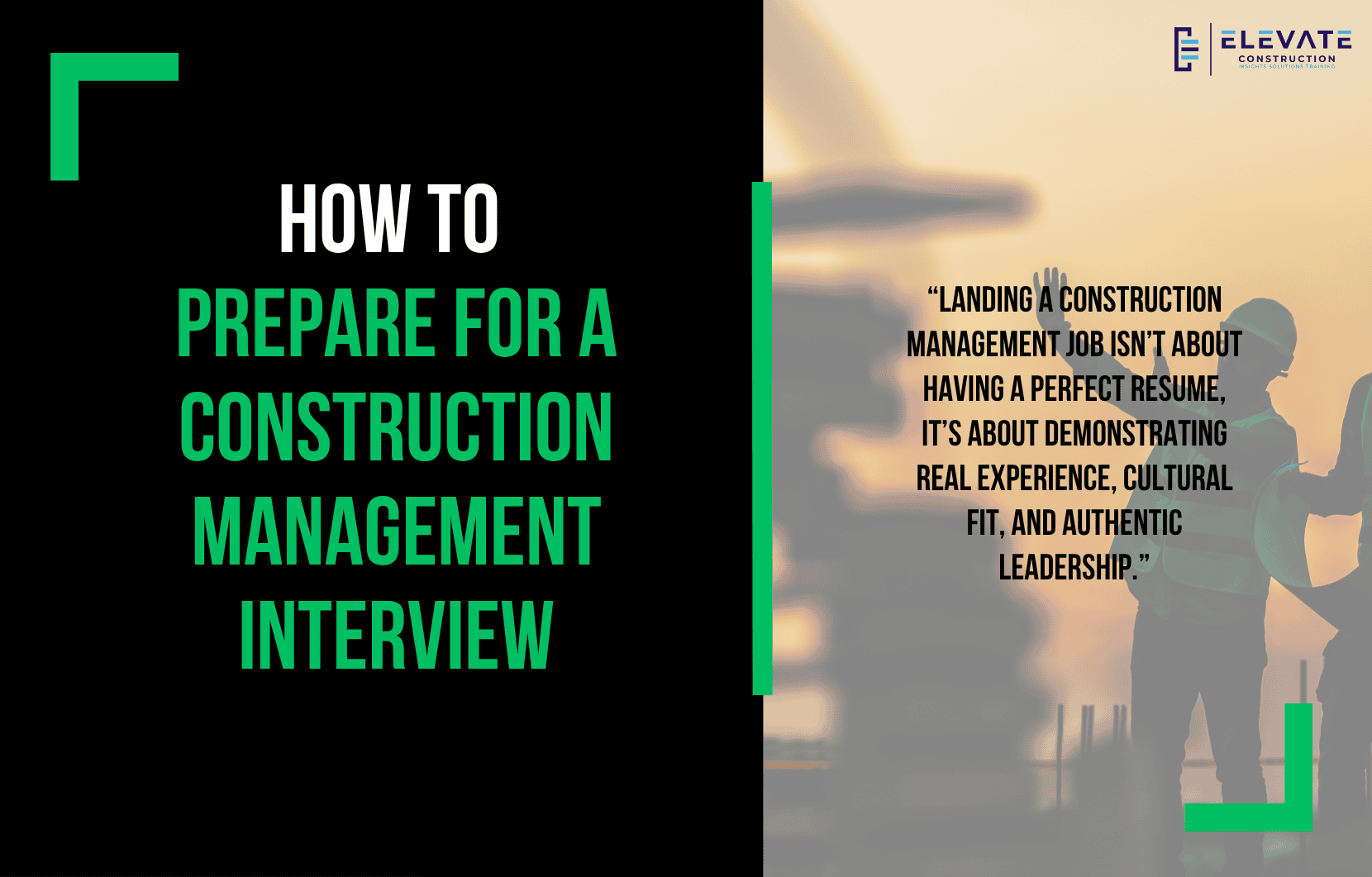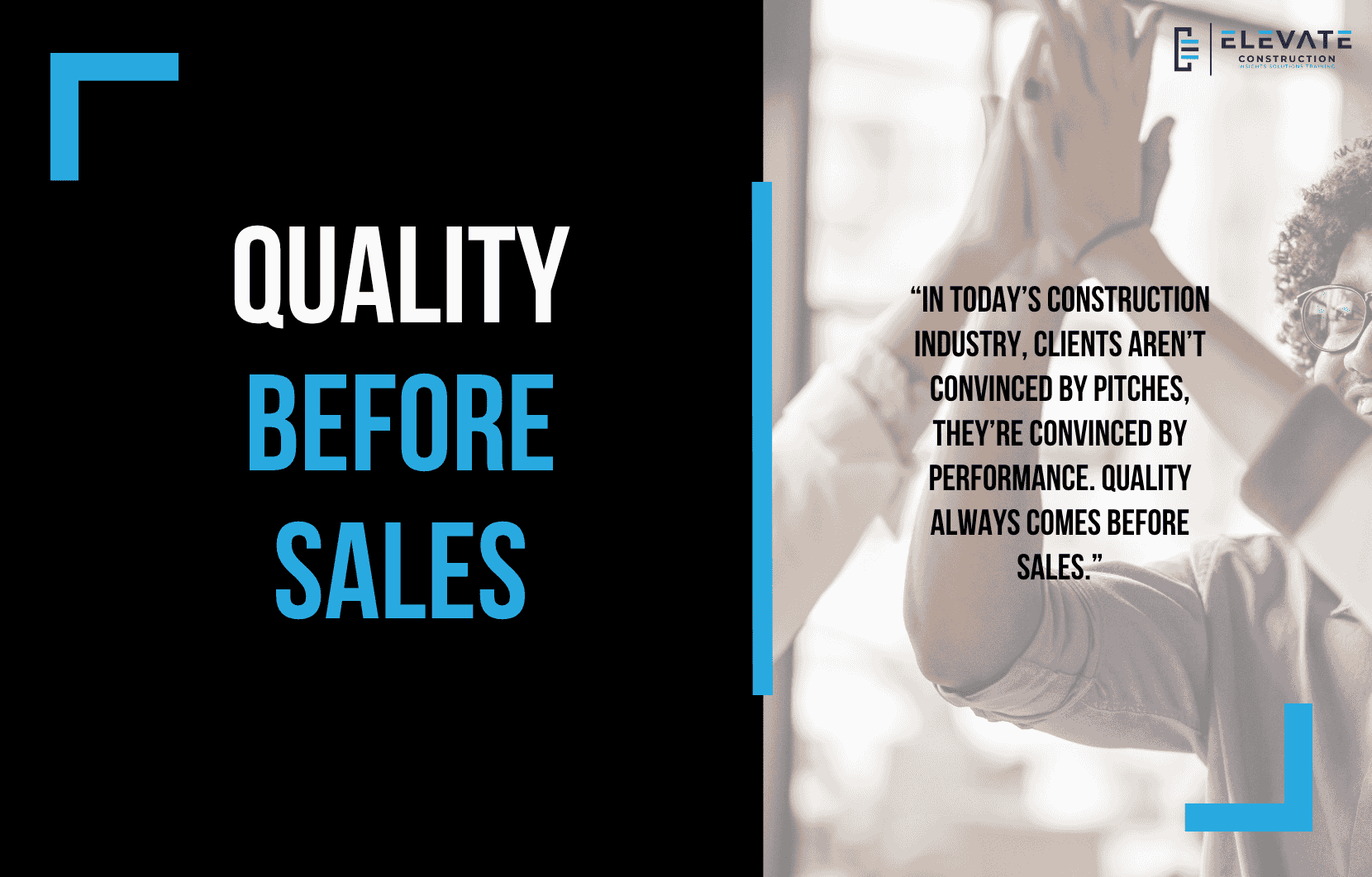Toxic Behaviors, Safe Cultures, and the Balance Leaders Must Strike
This is a tough one but a crucial one.
If you’re leading or working inside a construction company, you know there’s constant talk about building a “safe culture.” And yes, I’m all for psychological safety: a place where people can speak up, challenge ideas, and raise concerns without fear of retaliation.
But what happens when that same principle is misused? When “speaking up” becomes gossiping in the background? When “questioning” masks negativity, division, or shadow leadership?
This is a line I’ve had to walk personally. And it’s not easy. I’ve had to learn how to protect a healthy culture without shutting down dissent. How to invite critique without tolerating toxic behavior.
Let me be clear: a psychologically safe team is not one where anything goes. It’s one where feedback is offered with respect and with the goal of building, not tearing down.
If someone is working in the shadows rallying others behind the scenes, undermining leadership, creating cliques that’s not brave transparency. That’s manipulation. That’s shadow leadership. And it can quietly erode trust, distract your team, and kill progress.
So what do we do?
We deal with it head-on.
Privately. Directly. Respectfully.
I’ve learned to invite people to bring their energy into the light. If you’ve got concerns, let’s hear them in the room. If you have ideas, step up and lead a topic. Bring your questions to the surface. Help us solve real problems. But don’t confuse that with stirring the pot behind closed doors.
To help identify cultural toxins, I’ve been gathering a list 20 common behaviors that eat away at a healthy environment. Here they are:
- Fear-based leadership
- Loyalty over integrity
- Retaliation culture
- Favoritism
- Gossip and whisper campaigns
- Blacklisting
- “Us vs. them” mentalities
- Secret alliances
- Information hoarding
- Gaslighting
- Silent sabotage
- Public humiliation
- Illusion of inclusion
- Performative values
- Oversurveillance
- Rule-bending for powerful people
- Isolation of high performers
- Perpetual crisis mode
- Punishing transparency
- Weaponized incompetence
Some of these are subtle. Some are loud. All of them are destructive. As leaders, we must have the courage to confront them not just when it’s easy, but when it’s hard.
That said, not all oversight is toxic. Let’s not confuse firmness with harm. New team members may need close support. Early phases of projects might require tighter control. Intent and impact matter more than tone.
Culture doesn’t grow from being hands-off. It grows when we’re intentional when we’re brave enough to protect it.
Key Takeaway:
Create space for honesty and open dialogue but be just as committed to protecting your culture from hidden toxicity. Speaking up should build trust and clarity, not undermine them.
If you want to learn more we have:
-Takt Virtual Training: (Click here)
-Check out our Youtube channel for more info: (Click here)
-Listen to the Elevate Construction podcast: (Click here)
-Check out our training programs and certifications: (Click here)
-The Takt Book: (Click here)
Discover Jason’s Expertise:
Meet Jason Schroeder, the driving force behind Elevate Construction IST. As the company’s owner and principal consultant, he’s dedicated to taking construction to new heights. With a wealth of industry experience, he’s crafted the Field Engineer Boot Camp and Superintendent Boot Camp – intensive training programs engineered to cultivate top-tier leaders capable of steering their teams towards success. Jason’s vision? To expand his training initiatives across the nation, empowering construction firms to soar to unprecedented levels of excellence.
On we go


